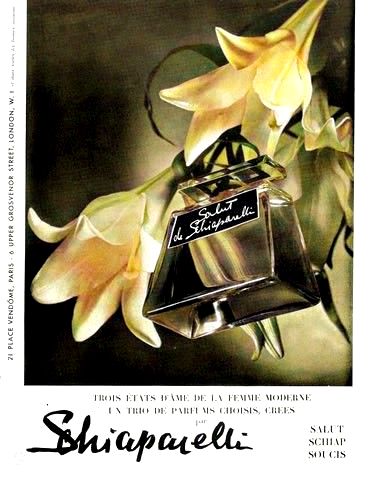As a general rule, fragrance should be applied to pulse points. This is where the blood vessels are closest to the skin giving off more heat and acting like mini fragrance pumps.
Pulse points are the wrist, crook of the arm and back of the knee, and the base of the throat. Also, for long lasting fragrance spray at the ankles, it allows the fragrance to blossom up. For a sexy twist, apply perfume to your cleavage or spray perfume on your nude body before dressing. The nape of the neck, is a very romantic area, whenever your hair moves it might swish the perfume around, nice little subtle trail of perfumed loveliness.
Apply perfume right after you take a shower or bath. Your pores are more open then and will more easily soak up the scent. Some people say that rubbing the wrists together will crush the scent, I tried this with different perfumes over the course of two weeks, just to see if its true, it seemed to me that the friction of rubbing the wrists together actually heated up the fragrances and made them seem more potent.
I have read though that the perfume can react not so nicely to the first layer of skin...and give off a smell that isn't pleasant. Others say that to spray the perfume in the air and then walk into it, I have done this before, and it seems that it lets you control the amount of fragrance that is applied to your skin, rather than spraying directly onto the skin, this works best with heavier perfumes.
I spray perfumes on my clothes when I want to make the scent last longer, I won't spray perfume on fragile fabrics like silks or lace. You can spray your coat with perfume. Also an old tip is to apply pure parfum extrait to your furs. Doing this is up to your own discretion.
Do not apply perfume after you put your jewelry on, take it off first, then apply the perfume. The chemicals in perfume can leave stains or have chemical reactions to the metals, Pearls are especially susceptible to damage from perfume since it destroys their lustre.
Coco Chanel always said to apply perfume where you want to be kissed. I read an old perfume guide from the 1930s and it mentioned that you can apply perfume to your fingertips and eyebrows. Also apply perfume to a cotton ball and tuck it into your brassiere. Apply perfume to your hankies or gloves.
Jeanne Lanvin of Lanvin Perfumes suggested that you should apply perfume wherever your clothes cover your body, that way it will seem if it is coming from within and blend with the natural oils of your skin to make a truly individual fragrance. She also says the best time to apply perfume is 15 or 20 minutes before you are about to go out, that way the perfume has time to "set".
A 1924 ad for Ann Haviland perfumes suggests:
#1. to apply perfume to your eyebrows as the short hairs of the eyebrows retain the perfume longer than the skin since evaporation takes place more slowly.Besides, this is an ideal two-some,the girl usually comes up to a man's chin, not far below his nose.
#2. One little known method of applying perfume is to saturate a piece of cotton with your chosen scent, place it under the shoulder strap of your slip. Body heat releases an aura about you.
#3. A glamorous method of using perfume is to spray it on the hem of your evening gown, then as you walk or dance, the fragrance is wafted into the air around you. This is the best way to do it.
#4. Another pointer is to apply perfume to the inside of your gloves, while your gloves are on, the warmth of your hands attract the perfume which will cling to the fingers.











